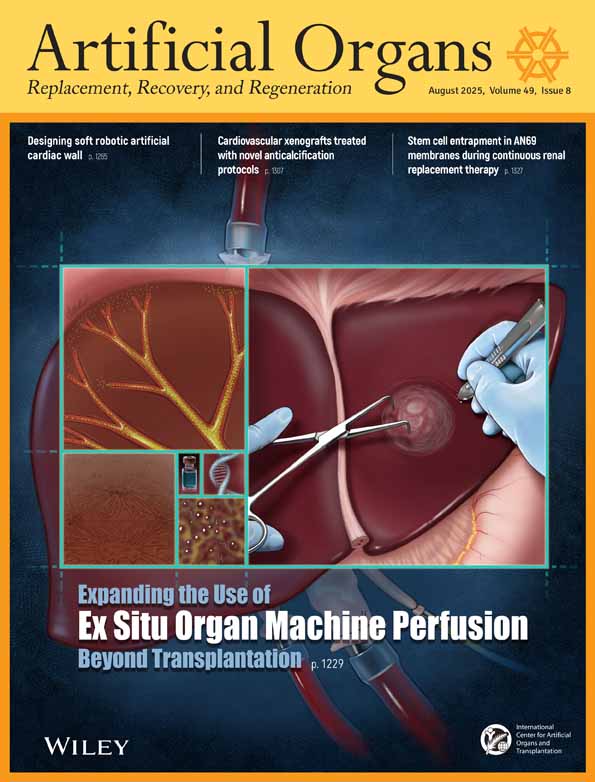Easy Aortic Cannulation: A Transxyphoid Approach
It is the goal of this section to publish material that provides information regarding specific issues, aspects of artificial organ application, approach, philosophy, suggestions, and/or thoughts for the future.
Abstract
Abstract: An easy aortic cannulation technique in minimally invasive pediatric cardiac surgery is described. We have developed a dilator which fits an aortic perfusion cannula. The aortic cannula over the dilator with a hole for passage of a guide wire is inserted into the ascending aorta by the Seldinger technique. Using this technique, the cannula never slips off, even at a slant angle to the aorta owing to the guidance of the guide wire. We recommend this safe and reliable technique for insertion of an aortic cannula into the ascending aorta in minimally invasive pediatric cardiac surgery.




